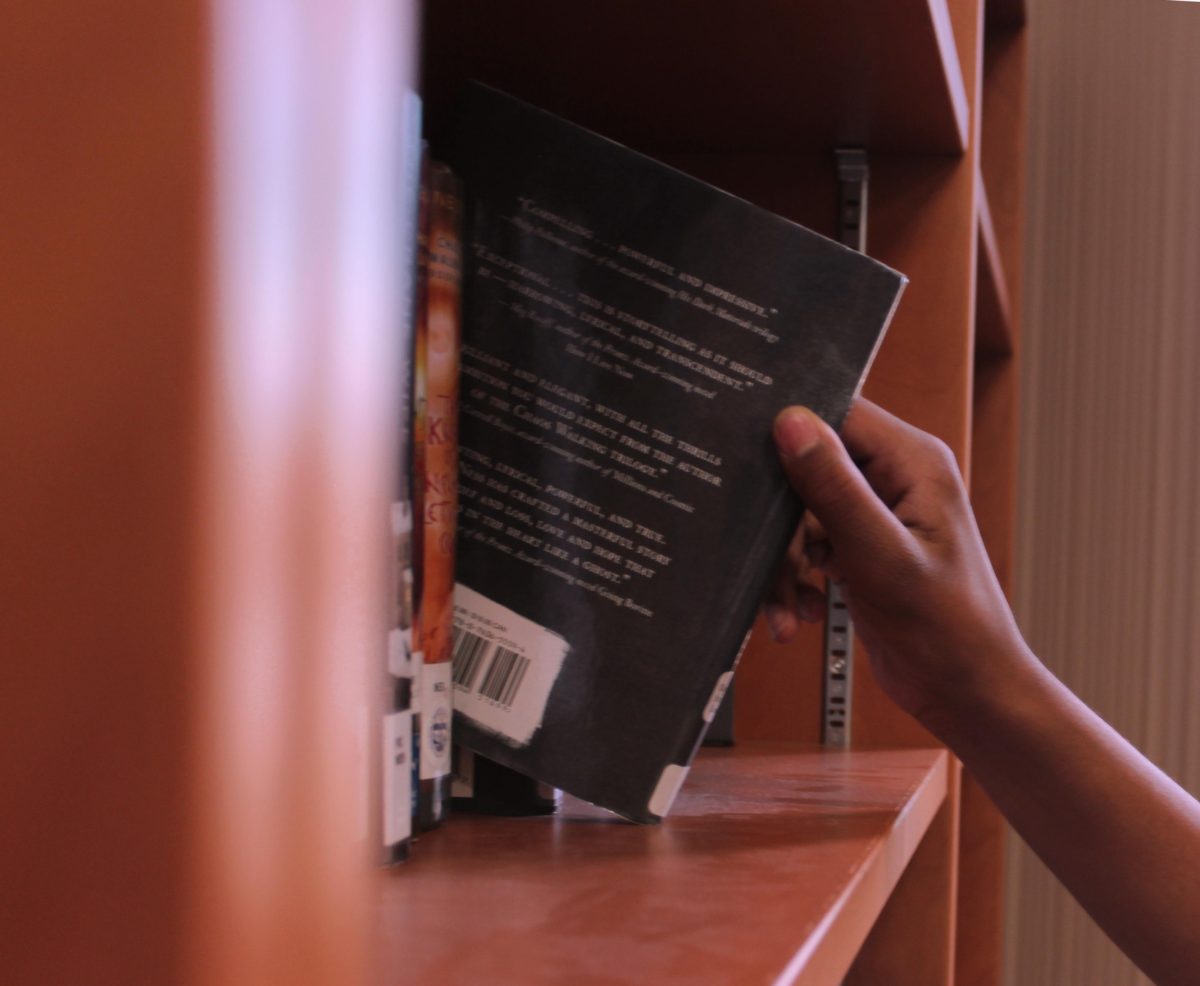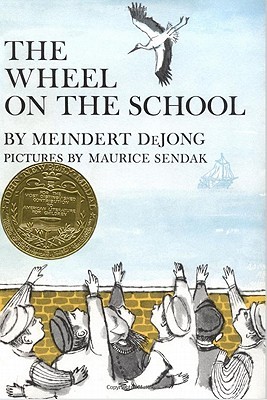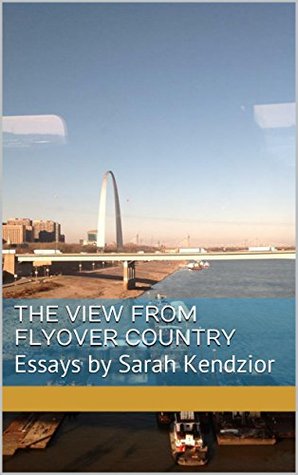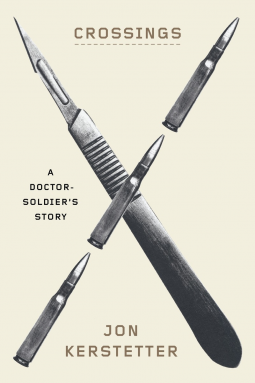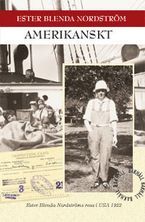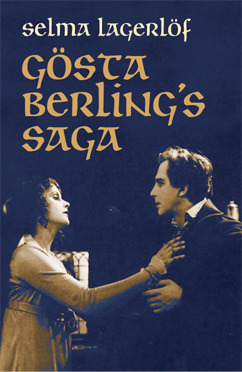Like other trips, I was up unnecessarily early. I didn’t have anything to pack outside of an extra t-shirt for sleeping in, so I didn’t have anything to do with all that time except shower.
The morning in Stockholm was sunny, though biting cold. I got through customs and to the gate in good time and then slept for the flight, only to wake up to an afternoon in England that was dismal and dreary.
Trying to get from the airport to the hostel proved to be the trickiest bit—which train to take, where in the hell to switch to the tube at Victoria South. Plus then I got off a stop too early and had to push my way down Oxford Street (Circus?) and then tiny little roads closed off to vehicle traffic for construction and improvement. None of this was helped by the fact that I hadn’t yet figured out how to turn on roaming data; how lost we are without GPS and instant Googling! There was at least enough free WiFi to make things as manageable as they would be if I had a dead tree map to stop and check once in a while. But I still paced up and down Dean Street for good measure, unable to find the hostel for ten minutes or so, blocked as it was by aforementioned construction.
Despite a relatively old facade, on the inside the hostel was bright and modern and white with saturated color highlights in a neon color scheme lifted straight out of peak 90s Nickelodeon: turquoise, purple, lime green, red, and (of course) orange. I was checking in a full hour later than the estimate I gave them, but it didn’t matter. A chatty Italian (?) showed me to my bunk, bottom in the corner. I futzed around a little—told my motor-mouthed guide that I wouldn’t need the missing under-the-bed wire locker just to end the interaction as soon as possible—and then decided to take advantage of the happy hour prices and also have some dinner. I warmed up with a beer and had a tough time adjusting when everyone was so friendly.
“Do you want any suggestions?” a fellow American woman (*guitar riff*) asked upon seeing me hesitate. Truthfully, I knew exactly what I wanted; I just blanked for a moment on the exact name of the beer I was meaning to order. I stumbled through English like I’d never spoken it before in my life.
“No, I…okay, good.”
I forgot how aggressively social hostels are. But the American woman (*guitar riff*) was undaunted. “You want one of my fries? They’re real good.”
“Fuck yeah, starches!” Things that remind me how to speak English: potatoes.
I also noticed the name of the beer I wanted on the bar menu: London Lager. YOU WILL BE CARDED IF YOU LOOK UNDER 25, the sign warned. Jake the bartender didn’t ask for my ID. Finally, I’m an adult! Jake pressed the receipt from the drink into my hands and instructed me to hold on to it so I can redeem it for my free happy hour beer.
“Now, where’s my lucky lighter?” he asked no one, then patted around his pockets until he retrieved a cigarette lighter and somehow used that to open my beer.
“Does that make my beer lucky?”
“Sure. It’s my lucky kitten lighter.” He showed me and sure enough, one of those hazy, gauzy animal photographs you see on jigsaw puzzles and spiral bound notebook covers had been wrapped around a disposable lighter.
I sat at the edge of a black faux leather couch to sip my beer and read a bit (Where’d You Go, Bernadette?). Someone asked if he could sit with me and in his maneuver between my legs and the table my beer went off the edge. My would-be couch companion was apologetic and offered to buy me another one. I waved it off.
“Look, there’s still a whole bottle left.”
“Really? Are you sure?”
“Don’t worry about it. Let’s just go get some napkins.”
He beat me to the bar so I just sort of hung around while he negotiated the cleanup with Jake the bartender. One of the other hostel patrons overheard our conversation about buying me the beer and laughed and said something about that maybe being part of the strategy? or something? and I waved it off because I wasn’t sure if what it sounded like what he was implying was really what he was implying, and if I was right, then I think he had it all wrong. Jake the bartender had brought out the mop and Beer Spiller had set to mopping the floor (a little over-enthusiastically for such a small puddle) and wiping down the table, and then vanished back into the hostel crowd, never to be seen again. He must not have wanted the other end of the couch that badly.
Instead, I was joined by an American and three dudes from Barcelona, all way into the football match. And that was the moment I realized I’d gone full European—my first instinct, upon writing, was to call it “football” and not “soccer.”
The American might have been the boyfriend of Benevolent French Fry Woman, or the woman who is clearly his wife? girlfriend? might have just resembled Benevolent French Fry Woman. Either way, she spoke with the Barcelona guys in normal, regular English while her life/traveling companion used condescending Teacher English: slower, overly enunciated, emphasis overly stressed, slightly too loud, an aversion to contractions. He attempted Spanish in the most American accent imaginable. I didn’t insert myself in the conversation but I laughed quietly at his Spanish behind my book.
I finished the first beer and ordered dinner when I claimed my second (free) beer at the bar. The menu promised carmelized vegetables in some kind of sauce but they were very much raw, and quite oily. But it was cheap and good enough, so can’t complain!
I tried to convince myself to make small talk with the American sitting next to me, ask him where he was from and maybe bond over that, maybe find someone who wants my extra ticket to the show, but of course I didn’t. Instead, I finished eating and went back to my room to charge my phone. Relying constantly on WiFi for Internet access was really eating up the battery and it was already just at two-thirds, even though the show wasn’t for another four hours. I settled into the extremely squeaky bunk bed and got some writing done while I waited.
Equally annoying to my phone situation was trying to find a good, grimy dive bar to drink in. Or there were plenty of grimy dive bars in the neighborhood, just not enough of them—no room at the inn. The first place I tried was perfect, but the drinks were dishwater weak and there was a 10 GBP minimum charge on cards but you couldn’t keep a tab open, and to boot there weren’t any seats available, so I just stood around with my 10 GBP Long Island that was far and away a gussied up cup of coke with my hat and coat still on. The next place that looked promising, with live jazz advertised, was full up and I got turned away at the door. (Or, maybe I wasn’t swank enough for the owner’s taste. My outfit was an abundance of paisley and an orange knitted cap that’s cute but slightly too big for my head so I probably looked like a fat psychadelic escapee from a Dickens novel.) The walk around SoHo in search of drink was pleasant in terms of people-watching and atmosphere, at least, and topped off with a Hare Krishna procession. It was nice to be out among people. (“Is this what Södermalm is like on the weekends?” I thought to myself. “Is this what central Stockholm turns into?” Because it’s the rare occasion that I’m out in town at 9.30 PM on a weeknight.)
Eventually I decided that what I wanted—what I had been envisioning in my mind’s eye, a place to have a drink and be able to sit down and slough off my winter stuff and feel like I was actually somewhere, and read cozily and people watch and maybe chat a bit—was the bar attached to the hostel. It was disappointing in theory, since I wanted to go out and be in London, not the international bubble of a hostel, but perfect in practice. Even better: the till froze up and it was impossible to pay by card for an hour or so, so I had a free drink (Kopparberg perry, weird to go to London and then have a Swedish drink) to make up for the world’s saddest Long Island.
In an ideal world I would’ve schmoozed and found someone to go with me to the show, but that’s life. In a way, though, it was maybe better for me to go alone. I had no idea that I would love the show as much as I did, and I might have been self-conscious about enjoying myself so much in front of a semi-stranger/fake date. Other audience members? Whatever. Someone who I’m at least slightly obligated to be social with? I don’t know you, maaaaaang, I’m not comfortable being rowdy around you.
Because the show was AMAZING. It’s possible that I fooled myself into thinking it was better than it was, otherwise it would have been a waste of time and money and cope to overnight in London just for one show. When the alarm had gone off that morning, I have to admit that I wasn’t feeling it. If something had turned up that would have forced me to cancel the trip, I would have been relieved. (I would have later regretted it, but in the moment….) It would be quite easy for me, in the moment and in retrospect, to greatly overstate the quality of the show in order to make me feel like I hadn’t done something expensive and frivolous—but really, upon objective (“objective”) reflection, it was a fucking good show.
Kemp is just a funny guy with good stage presence and good banter. He did a warm-up and a closer as himself (rather than in character) and was absolutely charming, and took audience not-quite-heckling well. Before the show, he handed out a few leis to audience members (“You’re officially part of the show now. You don’t have to do anything, just give those back to me when I ask you to.”) and chose poorly in one of them: dude would later not give up the lei, just fuck with him, so he had to abandon ship and bolt back to the stage. Same dude later drunkenly enthused during the closer: “I don’t like anything.”
“Okay, well then mate, that’s rough.”
“No! No…I don’t like anything, but I liked this.”
Cue the audience awwwwws, and Kemp’s awwwwws, and then:
“It’s kind of hard to remember that he’s a twat, now, innit?”
There’s only one video preview of the show available online, a clip from “Fast Fringe” uploaded last August where he performs the hand-sawing scene (“You Were Always on My Arm”). I considered embedding it here for a preview but I decided against it because Kemp’s singing is just not up to snuff in that clip. I don’t know if it’s because the audio quality is dodgy, because he had blown out his voice in earlier performances (he admits as much in interviews, that he went “too hard, too fast” during Fringe and that a necessary interlude to go back to work ended up saving his voice) or if he just got better at singing between then and now. So Google if you like, I guess, but the clip is underwhelming. His singing alone was good, I’ll say (maybe better than just “good”), and his Elvis impersonation and American accent were pretty damn passable. The fact that he was often full-on belting while engaging in the most over-the-top, intense physical comedy (see: Ash’s hand becoming possessed and the ensuing struggle with it) was all the more impressive. Lots of good falls, and those are hard to do. All of that coupled with pretty clever costume “changes” (read as: progressive destruction of his shirt), low-budget one-man special effects (spritz bottle full of Karo syrup? red-dyed water? to bloody himself as necessary, applications of temporary hair dye or other “transformation” make-up as needed worked well into the physical bits) and the equally low-budget props made for a really well put together show.
I had also chosen, completely by accident, one of the best possible seats for the show. There were two components two it: Kemp’s stage performance and the screening of the actual movie. My seat was front row, stage right—right in front of the screen. I had a clear view both of the movie screen and of Kemp, rather than being blocked by a sea of heads (no sloped floor or stadium seating here; it’s a small dinner theater venue). And any front-row seat in the middle or on the other side would have no view of the actual screen, since the stage thrust out a couple of meters in front of the screen, so Kemp himself blocked the line of sight between the audience and the screen for maybe a quarter of the audience.

But maybe more importantly, I’d actually seen Evil Dead II. When I originally booked the tickets, I was surprised at how quickly they’d been snatched up. Were there really that many Evil Dead fans in the UK? It struck me as lowbrow and grossout and slapstick in a distinctly American way—not the dry witticisms you usually associate with British humor. As it turned out, at least if polling-by-audience-decibel-level can be relied upon, something like a full third of the audience hadn’t seen the movie before tonight’s show, including the couple sharing a table with me. I can’t imagine anyone enjoying the show even half as much as I did without knowing the references and in-jokes. And that’s not to diminish Kemp’s performance, either: like I said, it was a stand-out piece of physical comedy paired with vocal prowess.
As it was, I hung around the photo op because obviously this merited a photo! And Kemp was extremely warm and friendly with everyone (even when it got weird, like with a woman who also very clearly fancied him and got really kissy-close with him in one pose) and let me babble incoherently at him for what felt like an eternity:
“I came in all the way from Stockholm for the show and it was totally worth it.”
“Aw, really? Thank you so much!”
“Well I mean, I also haven’t been in London in like twelve years, but y’know…”
“Right, well there’s that too.”
“But this is one of my favorite movies and you absolutely killed it, I loved it.”
“I’m glad! You want a photo with the chainsaw?”
“Nah, I’ve got a fab manicure I don’t want to fuck up, but just a regular photo’s fine.”
The guy behind me in line who volunteered to snap photos of me kind of sucked at it (so many are blurry and useless) but made up for that by taking a LOT, including while I was running my mouth. Hence the candid along with the actual posed shot.


My room at the hostel was only half-full: me, a Catalonian woman, and another American dude. This was a much easier social than before, and we had a perfectly pleasant chat about the Brexit referendum and Sweden and taxes and The Lion King before turning in at 2 am or so.
The journey back was unremarkable, except that my flight was delayed FOREVER. First an initial delay at the gate, then a further one after we had boarded (busted toilets), and then a THIRD one because, for real, the air traffic controllers couldn’t find their headsets. But I had plenty to read with me and nothing to do the rest of the day, so I just cozied up with a book. I didn’t have a whole row to myself this time, and didn’t really sleep on the flight (despite only getting 5 or 6 hours the night before), but again: when your default flight is 8 hours, 2 hours is NOTHING.
Once back in Stockholm, I then proceeded to be incredibly unproductive. But that’s another matter entirely.








